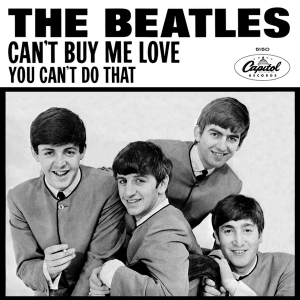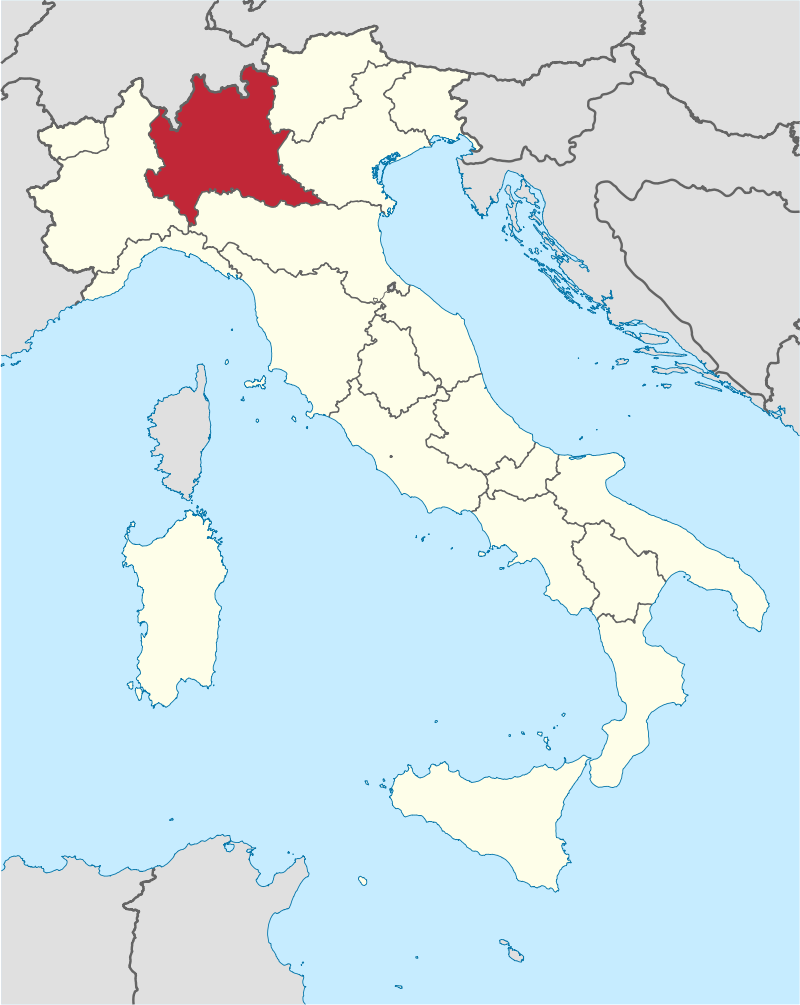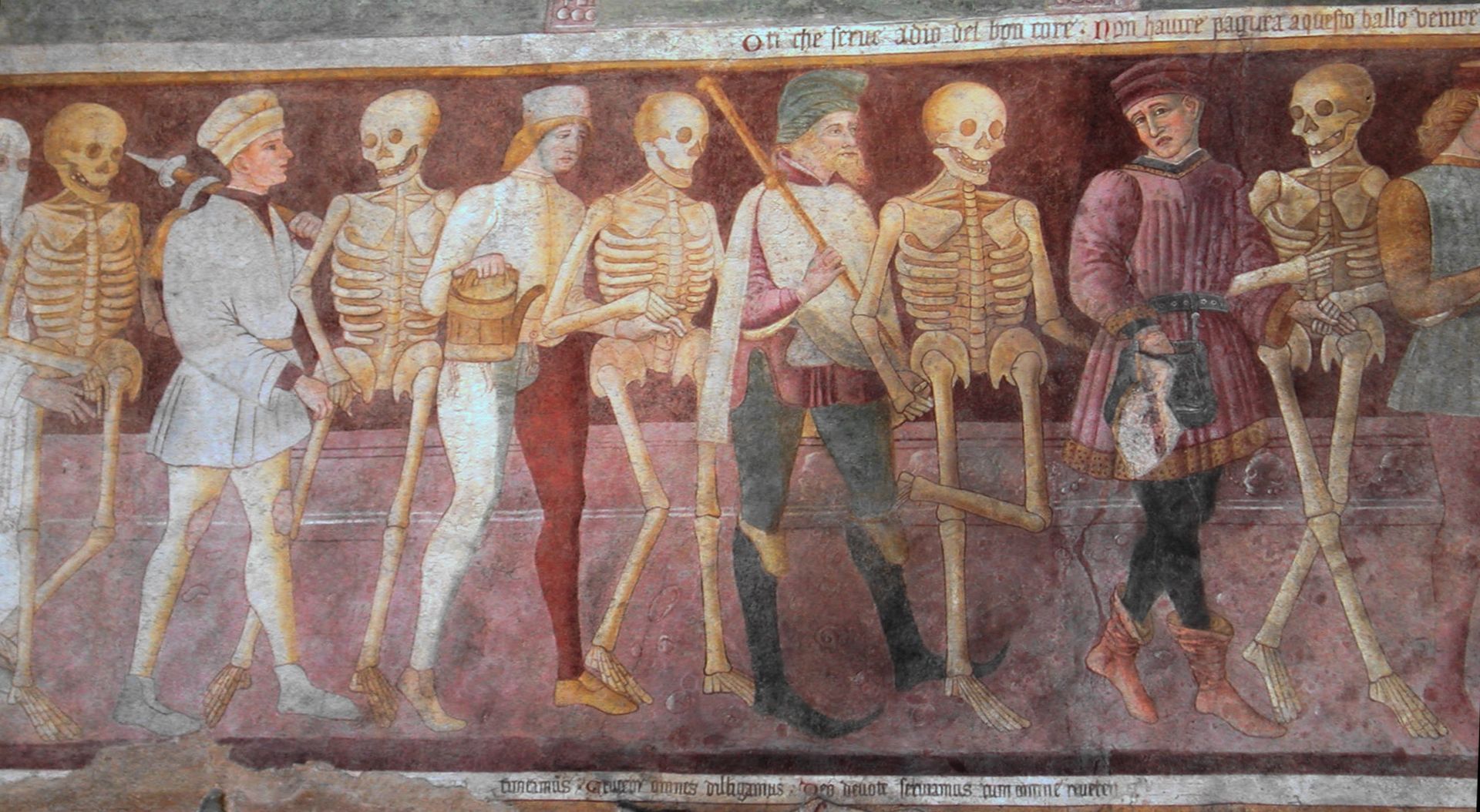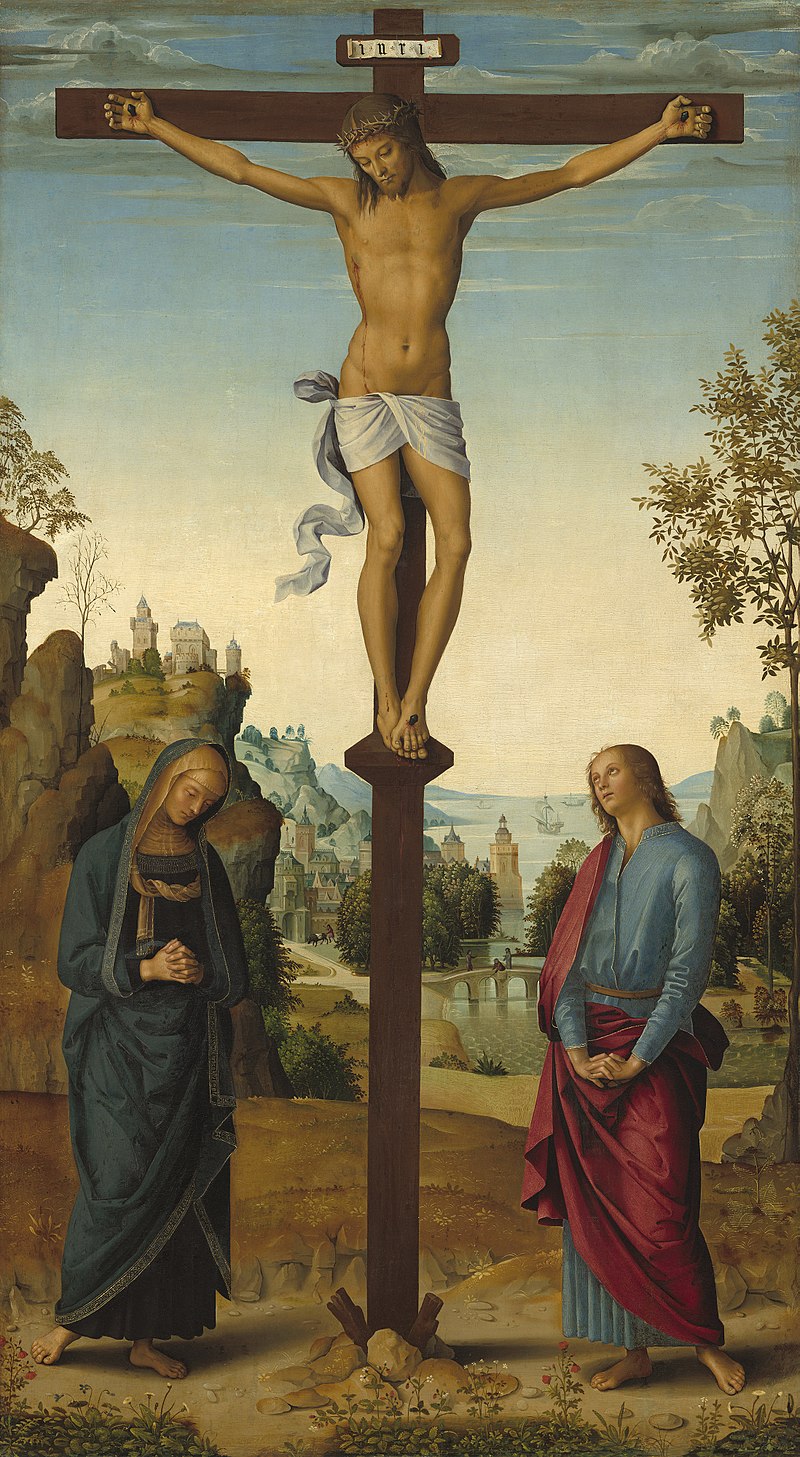Landschlacht, Switzerland, 24 December 2017
Tomorrow is Christmas and I have yet to feel that Yuletide spirit.

Part of the problem is that I never seem to see the oft-promised peace on Earth and good will towards man.
Trump and his cronies have passed a tax bill that will hurt the most vulnerable members of American society.

Indonesia is arresting gays for the crime of not being straight.

Above: Flag of Indonesia
The war in Yemen continues causing untold amount of disease, devastation and famine.

Above: Flag of Yemen
Music is morbid, traumatized and defensive.
Lack of progress in holding bishops accountable for covering up sex abuse in the Church continues.

Above: Flag of Vatican City
Alarming cases of child malnutrition are reported in Venezuela.

Above: Flag of Venezuela
And these are just a few events being reported by the New York Times.
As I watched shoppers madly scramble to get Christmas gifts for their loved ones, the cynic in me wondered whether the gift giving is truly heartfelt or whether this generosity is an attempt to buy affection that had not been reciprocated the rest of the year.

Ignore friends and family all year, but hope that presents will redeem you in their eyes once again.

Above: Christmas gift-Bringers in Western Europe
As for those without friends or family….
They are invisible.
The homeless will still lack shelter, the unemployed will still lack a job, the lonely will still lack love this Christmas.
The Beatles once sang that “money can´t buy me love”, but is that true?

Money can buy friends, love, power, prestige, respect, happiness, can´t it?
So we are taught to believe.
And perversely we will sacrifice happiness, respect, prestige, power and love in pursuit of profit.
There was once a time when we believed that we could buy ourselves a stairway to Heaven or a get out of Purgatory free card.

Above: Purgatorio by Ludovico Carracci
And yet my cynicism disappears whenever I think about life beyond the headlines and outside of administrative offices.
For even in the wealthiest of nations there still exists places where money remains simply a means to an end rather than an end itself.
Take Switzerland, for example.

This is truly a land where profits predominate people, but step inside a religious institution and feel the faith and love.
Hop on a local transit bus or a Postbus and see everyday people living ordinary lives.
Visit a local museum and quietly marvel at the time and attention to detail put into every exhibit whether or not the museum is frequently visited or not.
Stroll through a Christmas market, and though those who run the stalls wish to make money for their efforts, the visitors to the market seem more relaxed than they would in an ordinary place of purchase.

The Christmas market visitor strolls rather than strides, observes rather than ignores what he/she isn´t looking for, converses rather than simply communicates only what is needed to be said.
Even in our wee Starbucks in Marktgasse there are two perspectives.

Management will bring pressure to bear on the baristas to sell, sell, sell.
But the wise barista knows that the hard sell only works a small percentage of the time, because the customers come to Starbucks to enjoy themselves in a coffeehouse.
As American a firm that this chain is, it is in old Europe.
Here folks want to sit in a Café and linger.

Above: Café Terrace at Night, Vincent van Gogh (1888)
They want to find a comfortable corner, a cozy niche, and quietly read a book, or study for their exams, or enjoy each other´s company.
Outside the winds of change toss and turn their lives, but inside a Café the visitor hopes to find an oasis of calm, a harbour of welcome.
The further removed from the day-to-day experience of a Café that management is, the less I feel connected to management.
Money is made from repeat business, the desire to return.
Repeat business is generated from the welcome the guest feels when he/she comes to my store, not from special offers or promotions.
The more management pressures staff to sell, the more pressure the customer feels from the staff that serve them.
The customer is reduced to being an entry on a balance sheet, rather than being the royal entity of the moment.
We are pressured by management if there is a line-up of people forced to wait for service to suddenly rush through our processes and yet somehow still sell, sell, sell the same amounts that normally require more effort on the part of the salesperson.
Yet compassionate friendly attention paid to each individual customer, with an occasional reassuring word to the folks waiting to be served that they are also important and that their patience is appreciated, goes further to keeping customers happy than a quick stressful promptness and dismissiveness to “keep the line moving” ever does.
Management only partially gets this.
The higher up the ladder, the less management understands this.
Management´s destination is the coffers of the company.
But the destination is only possible if the journey is successfully accomplished, if the customer looks forward to coming back to a place where they truly felt welcome.
This malaise felt in our wee Starbucks is a microcosm of what life is in Switzerland.
The Swiss, as a general rule, seem so focused on making money that they have forgotten that money may buy things, but things only distract – they don´t diminish unhappiness felt in a life offering nothing more than a fuller bank account.
The richer the country, the more miserable the people seem to be.
Yet beyond the banks and past the profits is a land of amazing vistas and panoramas so breathtakingly beautiful as to inspire poetry from a pauper and music from the mute.

It is easy to forget that outside the pellmell of the pursuit of profit that life, wonderful life, is waiting to be discovered in all of its subtle and savoury awesomeness.
Money cannot buy happiness nor guarantee salvation.
This message came crystal clear to my wife and I in an unexpected corner of the richest part of Italy this summer…..

Above: Flag of Italy
Clusone, Italy, 4 August 2017
Lombardy is Italy´s richest and most developed region.

Above: Lombardy (in red)
It has always been and still remains a commercial crossroads.
It has been coveted and controlled by the French and the Austrians and takes its name from the Lombards who invaded the region and took it from the Romans.
As a border region, accessible through numerous mountainous passes, Lombardy has always been vulnerable to invasion.
It has long been viewed by northern Europeans as the true capital of Italy.
Emperors from Charlemagne to Napoleon came to Lombardy to be crowned and northern European business magnates take Milan more seriously than Rome (much like they take New York more seriously than Washington, Toronto more seriously than Ottawa, or Zürich more seriously than Bern).
Lombardy´s landscape has paid the price for economic success.
Industry chokes the air, sprawls across the plains and spreads tentacles in all directions that it can.
Nonetheless the casual traveller can still find oases of calm and harbingers of welcome.
The upper reaches of Lombardy´s valleys remain unspoilt.
Even the most sophisticated and ultra modern towns and cities retain their serendipitous medieval cores boasting amazing art and architecture.
The stunning scenery and lush landscapes of Lombardian lakes subtly seduce the unsuspecting visitor.
Much like the Swiss, the Lombardians don´t have much time for life, being too busy making a living.
Milan is a workaholic factory of fashion and innovation, forever focused on the future, impatient with the present, dismissive of the past.

Above: Pictures of Milan (clockwise from top): Porta Nuova, Galleria Vittorio Emanuele II, La Scala, Sforza Castle, City Life Project, Arch of Peace, Milan Cathedral
The provincial towns are filled with folks focused on security and luxury and privilege.
These urban and urbane northern Italians are dismissive of the south and for them Rome is nothing more than a tragic complexity of errors.
The late 20th century has even seen the rise of a separatist political Party, the Lega Nord, demanding independence from Rome with rheotric suggesting that the North sustains the inefficient lazy South.

Industrial development has done a dastardly thorough job of ruining the landscape around Bergamo, but if the traveller pushes up the valleys things vastly improve.
To the northwest, the Val Brembana is fringed by a garland of mountains that have borne the tread of generations of caravans of mules bringing minerals from the rocks to the cities of the plains.
Here one can take the waters of San Pellegrino Terme, Lombardy´s most fashionable spa since the start of the 20th century, sleep in a grand hotel and play games inside the casino.

Above: Grand Hotel, San Pellegrino Terme
To the northeast, through and past the Val Cavellina ruined by small factories and characterless housing, the Valle Seriana is also overly developed and overcrowded with apartments appropriating forests and rivers reduced to streams by hydroelectric eyesores.
But in the upper reaches of the Seriana are still untouched stretches of unspoilt pastoral and wild paradise.
Clusone is the main stop, perhaps the only stop, worth making in the entirety of the Valle Seriana.

Above: Clusone in winter
It is a picturesque hilltop town well worth a wander.
This is a stroller´s town.
Visit the Church of St. Luigi, the Church of St. Anna, the Church of Paradise, the Church of St. Defendente, the Church of the Holy Trinity, the Church of St. Lucio and the Church of St. Mary Magdalene and St. Rocco.
Above: The Church of San Defendente
Linger in the Palazzo Comunale or the Palazzo Fogaccia or the Palazzo Marinoni Barca, the Palazzo Bonicelli della Vite, or the Palazzo Carrara Spinelli Maffei.

Above: Palazzo Fogaccia
With steep curving streets and shops selling sausage and cheese, Clusone is the kind of quiet town that invites lingering, where a person is encouraged to linger for hours over lunch and coffee, a place of peaceful contemplation.
In this town where time doesn´t matter, time is nonetheless carefully calculated and measured.
The Piazza dell´ Orologio is named for the fiendishly complicated 16th century clock on the tower of the Palazzo Communale.

Above: Piazza dell´ Orologio
If you have the time and the patience, you can work out the date, the sign of the zodiac, the duration of the night and the phase of the moon from the mechanical movements of the clock.
It takes time to understand time.
Then as you take time to contemplate time, climb upwards to the Basilica of Santa Maria Assunta with its Oratorio dei Disciplini (the Oratory of the Disciples) that draws visitors from all over.

Above: Oratorio dei Disciplini
There is little of interest within the walls of the church, but the two 15th century frescoes on the church exterior more than compensate the weary walker for his trek up the hill.
The frescoes were painted by Giacomo Borlone de Buschis in 1485.
The upper fresco, The Triumph of Death, concentrates on the attitude of the wealthy towards death, with three noblemen returning from the hunt, discovering an open tomb containing the worm-infested corpses of the Pope and the Emperor, surrounded by snakes, frogs and scorpions.

A huge skeleton clothed in cloak and crown, larger than life, representing triumphant Death, balances on the edge of the tomb, while other skeletons take aim at people gathered around the tomb.
Death stands on a sepulchre around which the figures of a cardinal, a bishop, a king and a philosopher are offering her gifts.
These onlookers are incorruptible figures, uninterested in the bribes being offered them.
“Everyone dies and leaves the world, those who offend God leave bitterly.”
“For the love of God, don´t have fear to come to the Dance, but joyfully come and be happy.”
The lower fresco, The Dance of Death, continues the tale of morality and mortality, contrasting the corrupt upper classes with a procession of contented commoners, each dancing his way towards death quite happily unconcerned.

I am reminded of an old song I learned back in my high school days:
“Dance, dance, whomever you may be
I am the Lord of the Dance”, said the He.
“And I´ll lead you all whomever you may be
For I am the Lord of the Dance”, said the He.
But this is not only a place of Death, Clusone has been the birthplace of artists and athletes:
- Domenico Carpinoni (1566 – 1658), painter
- Cosimo Fanzago (1591 – 1678), architect / sculptor
- Antonio Cifrondi (1656 – 1730), painter
- Bartolomeo Nazari (1699 – 1758), painter
- Antonio Percassi, chairman of the Percassi Holding Company
- Attilio Rota, cyclist
- Paolo Savoldelli, cyclist
- Kevin Ceccon, race car driver
Domenico, Cosimo, Antonio C. and Bartolomeo are united in death, despite their accomplishments.
Antonio P., Attilio, Paolo and Kevin probably won´t live forever, regardless of what they do or don´t do.
We all do the Danse Macabre, no matter one´s station in life.

Above: The Dance of Death by Michael Wolgemut (1493)
Whether Pope, peasant or Emperor, King or kid, lazy or labourer, each day is a memento mori, a reminder of the fragility of our lives and of how vain and pointless are the glories of earthly life.
It is this equality in which I take comfort in.
I am destined to die one day, so I won´t have to endure living eternally while others die around me.
And, so far, man has yet to create a dystopian future where people stop aging but have clocks in their arms that determine how long they have to live.
I don´t want to know how much time remains on my life clock, for this uncertainty makes me appreciate every present moment as if it were my last.
At present, the rich cannot buy additional time, additional life.
Imagine if you can how truly horrific the scenario in the movie In Time would be if it ever became our reality instead of just simply entertaining science fiction.

A hell where time has become the universal currency, where the rich hoard time for themselves to live forever while constantly increasing the cost of living to ensure the poor die.
It is the miracle of birth that Christians celebrate this Christmas season, yet places like Clusone remind me that death, as painful as it is for those left behind to mourn the loss of the deceased, is in its own way also a miracle of sorts.
Without death, life loses its precious value.
Without death, pain is eternal and suffering endless.
Without death, a place cannot sustain a population that constantly increases without limits.
I don´t want to die, but I don´t want to live forever.
It is said by Christians that Christ came so that all who believe in Him might enjoy eternal life.

We fear death because we fear the nothingness of non-existence.
We tell ourselves tales, wrapped in religious impulse, that there is something somewhere somehow beyond life.
This idea of something beyond life reassures us that the inadequacies of life can somehow be recompensed in some alternate realm of being.
I for one will never discourage those from believing in what helps them cope with life and its eventual ending.
Perhaps this is what I can take away from Christmas this year….
In this celebration of new life and the promise of life eternal, let us appreciate this moment of life we are living now.
Then perhaps everyday will be a Christmas worth celebrating.
Above: Wikipedia / The Rough Guide to Italy



